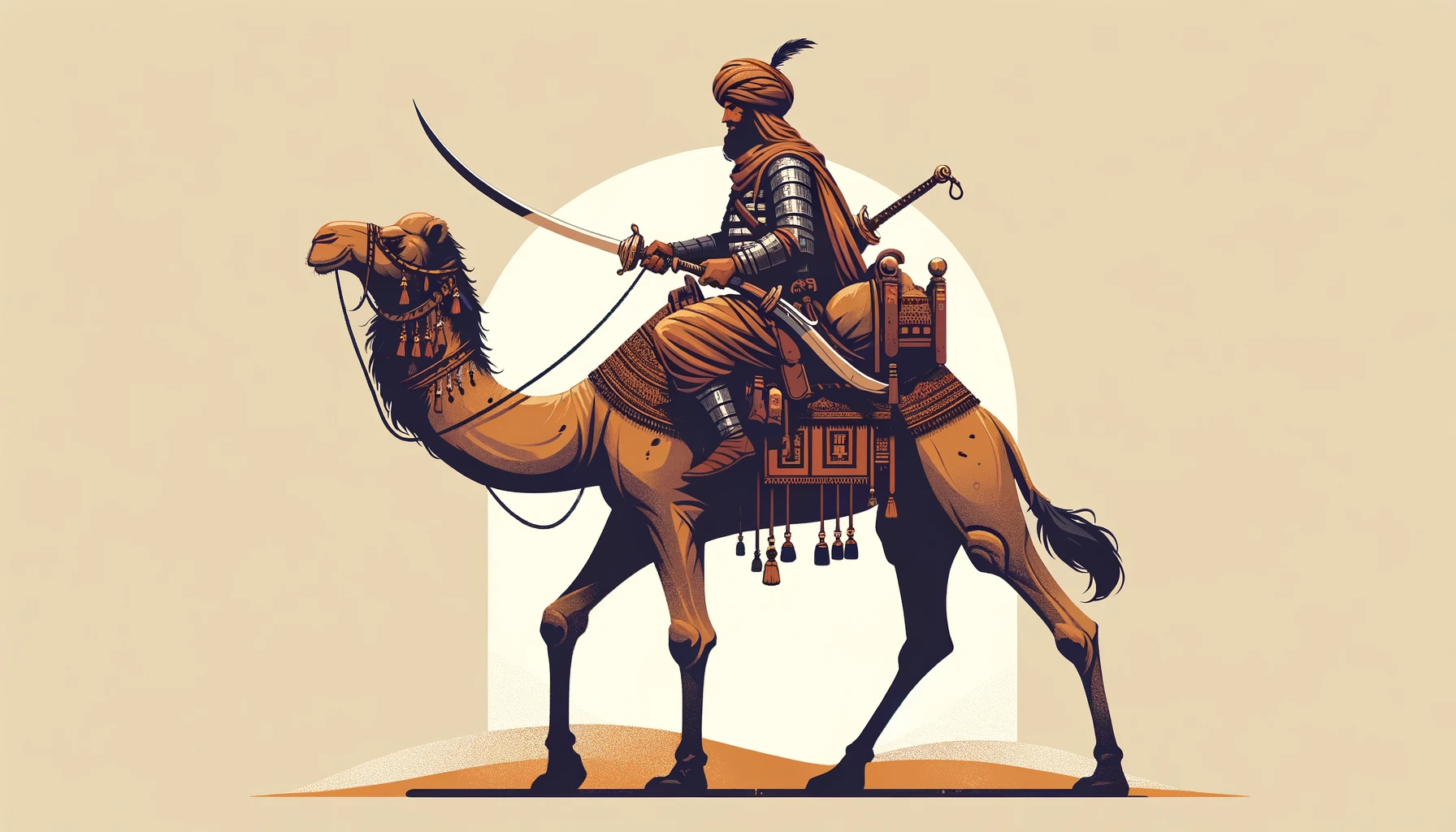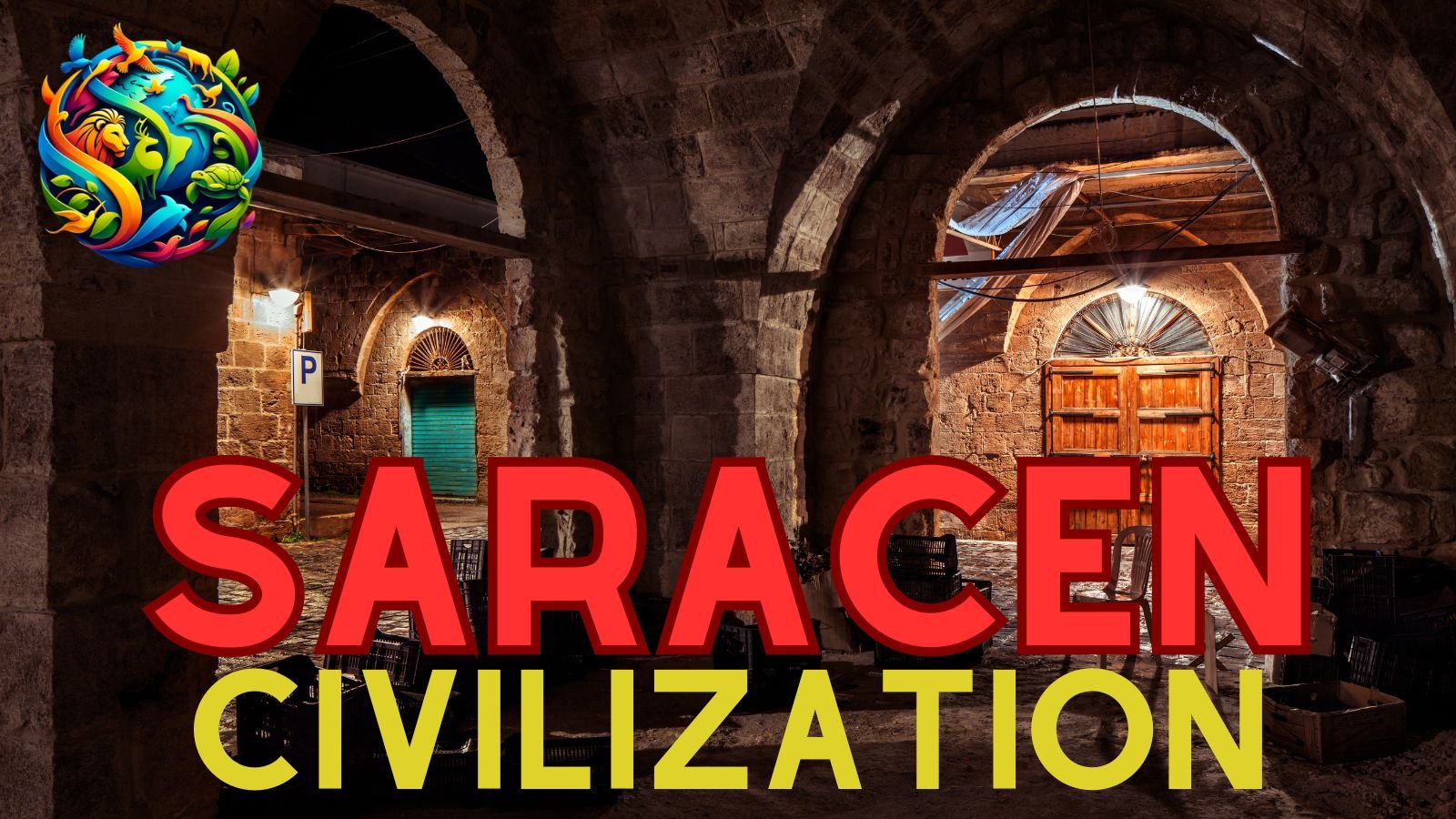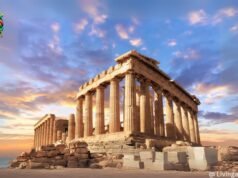Saracen Civilization: A Tapestry of Culture and Conquest
Introduction to Saracen Civilization
The term “Saracen” historically referred to the Muslim peoples of the Middle East, North Africa, and the Iberian Peninsula during the early and high Middle Ages. Over time, it has evolved to encompass a rich tapestry of cultures, achievements, and historical narratives that played a pivotal role in shaping the medieval world. This article explores the multifaceted aspects of Saracen Civilization, shedding light on its contributions to global heritage and the enduring legacy that continues to influence contemporary society.
Origins and Historical Context
Early References and Etymology
The origin of the term “Saracen” is shrouded in mystery, with references dating back to Greco-Roman times. Initially used to describe nomadic tribes in the Syrian deserts, it later became synonymous with Arab Muslims following the rise of Islam in the 7th century.
Geographical Spread and Cultural Diversity
Saracen Civilization’s influence spanned from the Iberian Peninsula in the west to the fringes of the Indian subcontinent in the east, encompassing a diverse range of cultures, languages, and traditions. This vast empire was united under the banner of Islam, facilitating an unprecedented exchange of ideas, goods, and cultural practices.
The Rise of Islamic Empires
Umayyad and Abbasid Dynasties
The Umayyad and Abbasid dynasties marked the zenith of Saracen power, overseeing an era of expansion, intellectual flourishing, and architectural grandeur. The Abbasid capital, Baghdad, became a global center of learning and culture, heralding the Islamic Golden Age.
Contributions to the Islamic Golden Age
During the Islamic Golden Age, Saracen scholars made significant advancements in various fields, including astronomy, medicine, mathematics, and philosophy. Their works, often based on earlier Greek, Persian, and Indian knowledge, were instrumental in laying the groundwork for the Renaissance in Europe.
Saracen Military Achievements and Strategies

Notable Battles and Military Tactics
Saracen military prowess was evident in their strategic use of cavalry and innovative siege tactics, which allowed them to expand their territories and defend against Crusader and Mongol invasions. The use of mobile forces and psychological warfare were hallmarks of their military strategy.
Fortifications and Naval Power
The Saracens were also renowned for their architectural ingenuity in constructing formidable fortifications and developing a formidable navy, which played a crucial role in controlling trade routes and protecting their domains from external threats.
Cultural and Scientific Contributions
Advances in Science, Mathematics, and Medicine
Saracen civilization contributed significantly to the fields of science, mathematics, and medicine. The works of Al-Khwarizmi, Ibn Sina (Avicenna), and Al-Razi influenced European thought and remain foundational to modern scientific inquiry.
Art, Architecture, and Literature
Saracen art and architecture reflected a unique blend of cultural influences, resulting in exquisite mosques, palaces, and gardens that continue to awe the world. Literature, particularly poetry and philosophical texts, flourished, enriching the global literary heritage.
Economic and Trade Networks
Trade Routes and Economic Policies
The Saracens established extensive trade networks, connecting the East and West through the Silk Road and maritime routes. Their economic policies facilitated the exchange of goods, ideas, and technology across continents, contributing to a thriving global economy.
Impact on Global Trade and Cultural Exchange
The Saracen influence on global trade and cultural exchange cannot be overstated. Their contributions to agriculture, navigation, and commerce enriched both the Islamic world and medieval Europe, fostering a period of economic prosperity and cultural vibrancy.
Religious Beliefs and Practices
Spread of Islam and Religious Tolerance
The spread of Islam was a defining aspect of Saracen civilization. While committed to the expansion of their faith, Saracen rulers often exhibited tolerance towards other religions within their territories, allowing for a multicultural society where various beliefs and practices coexisted.
Architectural Legacy: Mosques and Educational Institutions
The construction of grand mosques and madrasas (educational institutions) was a testament to the Saracens’ devotion to their faith and their commitment to education. These structures were not only places of worship and learning but also centers of social and cultural life.
Interactions with European Powers
Crusades and Cultural Exchanges
The Crusades, a series of religious wars between Christians and Muslims, were a significant chapter in Saracen history. Despite the conflict, these interactions led to substantial cultural exchanges, influencing European art, science, and literature.
Diplomacy, Alliances, and Conflicts
Saracen relations with European powers were complex, characterized by periods of conflict, diplomacy, and alliances. These interactions, often overshadowed by warfare, were crucial in fostering mutual respect and understanding between diverse cultures.
Legacy of Saracen Civilization
Influence on Modern Science, Culture, and Art
The legacy of Saracen Civilization is evident in modern science, culture, and art. Their pioneering contributions to various fields have had a lasting impact on contemporary society, bridging the gap between the ancient and modern worlds.
Misconceptions and Historical Re-evaluation
Misconceptions about the Saracens have persisted over centuries, often colored by historical biases. Recent scholarship aims to re-evaluate their contributions and achievements, providing a more nuanced understanding of their role in world history.
Exploring Saracen Civilization Today
Archaeological Sites and Museums
Archaeological sites across the Middle East, North Africa, and Spain offer insights into Saracen civilization’s grandeur. Museums worldwide house extensive collections of Saracen artifacts, bringing the empire’s history and culture to life for contemporary audiences.
Preservation of Heritage and Cultural Revival
Efforts to preserve Saracen historical sites and artifacts are crucial in maintaining the civilization’s legacy. These initiatives ensure that the splendor of Saracen Civilization continues to inspire future generations.
FAQs About Saracen Civilization
- What were the key factors behind the Saracens’ success in establishing a vast empire?
- How did Saracen Civilization contribute to the European Renaissance?
- What role did religious tolerance play in Saracen society?
- How did Saracen art and architecture influence other cultures?
- What are some common misconceptions about Saracen Civilization?
Conclusion: The Timeless Influence of Saracen Civilization
Saracen Civilization’s legacy is a testament to the enduring spirit of cultural exchange, intellectual pursuit, and innovation. Its contributions to art, science, governance, and philosophy continue to influence the world, underscoring the universal relevance of its achievements. As we explore the remnants of this ancient empire, we are reminded of the profound impact that one civilization can have on the course of human history.





There is noticeably a bundle to find out about this. I assume you made sure nice factors in options also.
Thank you for some other wonderful article. Where else may just anybody get that kind of information in such an ideal means of writing? I’ve a presentation subsequent week, and I am on the search for such information.
I believe you have mentioned some very interesting details , regards for the post.
Hello, i think that i saw you visited my site so i came to “return the favor”.I am trying to find things to improve my web site!I suppose its ok to use some of your ideas!!
Great paintings! This is the type of information that are supposed to be shared across the net. Shame on the search engines for no longer positioning this submit higher! Come on over and talk over with my website . Thanks =)
Thanks for some other informative web site. Where else could I get that kind of information written in such a perfect way? I’ve a challenge that I’m simply now running on, and I’ve been at the look out for such information.
Nice post. I learn something more challenging on different blogs everyday. It will always be stimulating to read content from other writers and practice a little something from their store. I’d prefer to use some with the content on my blog whether you don’t mind. Natually I’ll give you a link on your web blog. Thanks for sharing.